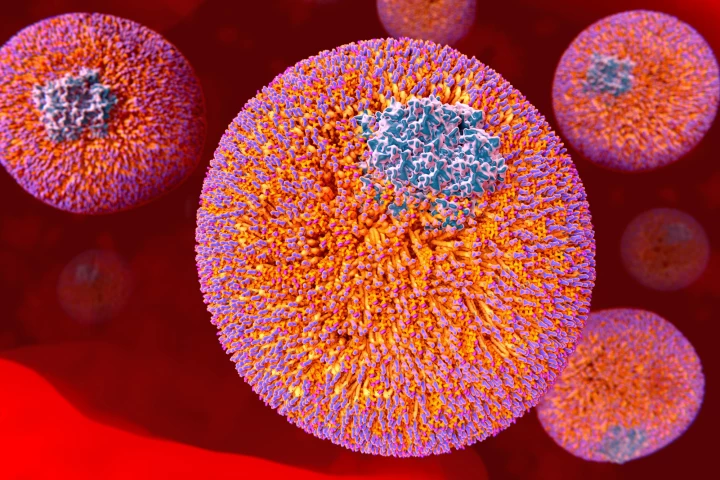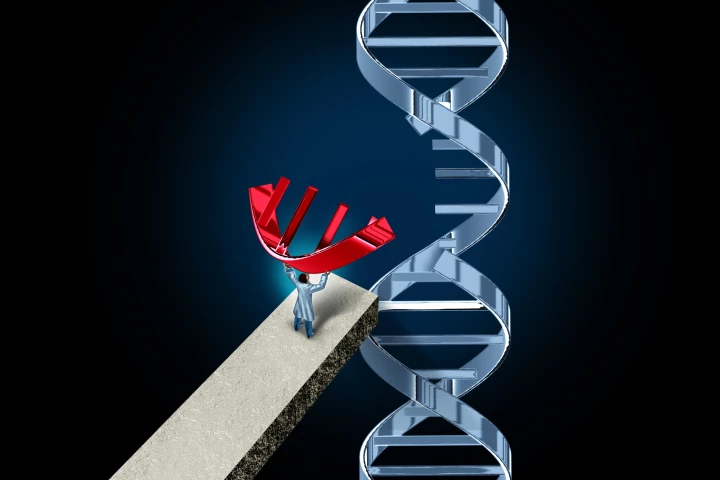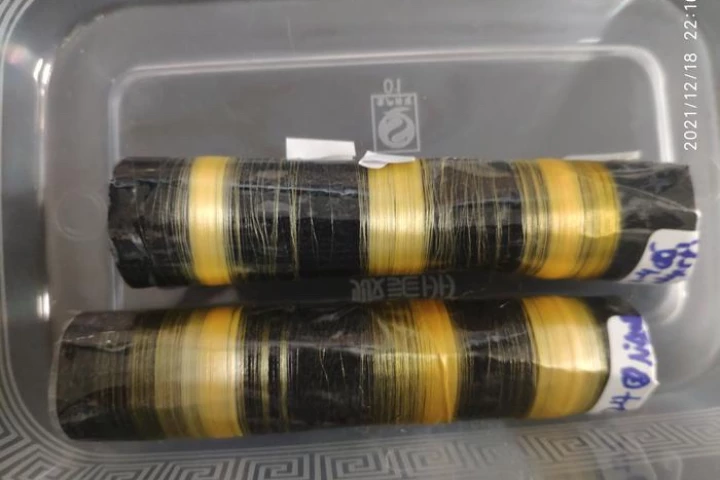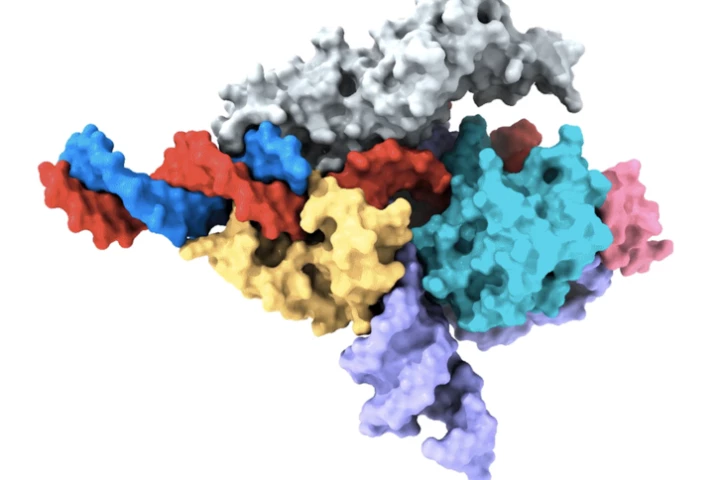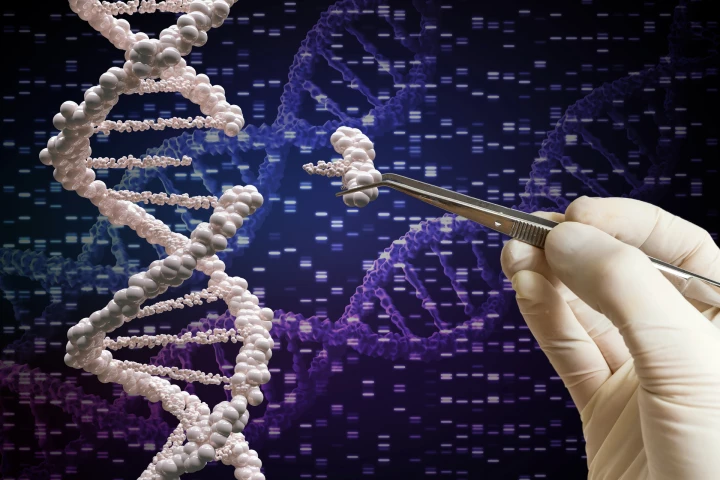CRISPR
-
The term ‘personalized medicine’ is being used more and more frequently. But what does it mean? This explainer outlines what personalized medicine is, its advantages and some concerns that have been raised in relation to it.
-
Researchers presented the interim results of a clinical trial using a single infusion of gene-editing technology to permanently switch off LDL cholesterol production in people with a genetic condition that elevates levels of the ‘bad’ cholesterol.
-
Following on from the discovery of programmable DNA-cutting enzymes Fanzors, scientists have identified more than 3,600 Fanzors in a broad set of species. It presents a massive opportunity in the development of new medicines, gene therapy and biotech.
-
Splitting the gene editor used in traditional CRISPR technology creates a more precise tool with significantly less chance of causing unintended mutations, a new study has found. The novel tool could correct half of the mutations that cause disease.
-
For the first time, scientists have successfully produced full-length spider silk fibers using genetically modified silkworms. This silk has the potential to provide a scalable, sustainable and better-quality alternative to current synthetic fibers.
-
Conventional breeding of trees takes time, but CRISPR gene editing should help speed things up. Now, scientists at North Carolina State University have used CRISPR to adjust the genomes of poplar trees to make them easier to turn into paper products.
-
Yale scientists have discovered a new potential treatment avenue to fight cancer. Using CRISPR gene-editing, the team eliminated extra chromosomes from cancer cells and found that they could no longer grow out of control.
-
CRISPR-Cas9 is the household name of genetic engineering tools, but there might be other, better ways. MIT scientists have now demonstrated an alternative called Fanzor, which is naturally found in animals so could be a better fit for human use.
-
Researchers have used a novel, noninvasive method to overcome the challenge of delivering CRISPR/Cas9 gene-editing technology into the brain, knocking out a gene that causes anxiety and opening the door to the development of new medications.
-
Scientists have identified a potential antidote to the poisonous mushroom, the death cap. Using CRISPR, a team found that a chemical already approved by the FDA can neutralize the toxin and save lives in mouse tests – but there are a few catches.
-
Researchers have developed a tool that rapidly detects bacteria in saliva using SHERLOCK, the evolution of CRISPR. You may soon be leaving the dentist with comprehensive information about the health of your mouth as well as your overall health.
-
Modified viruses have proven a handy way to get CRISPR/Cas9 gene editing materials into the nucleus of cells – but they're expensive, difficult to scale and potentially toxic. Now, researchers have found a non-viral approach that does the job better.
Load More

